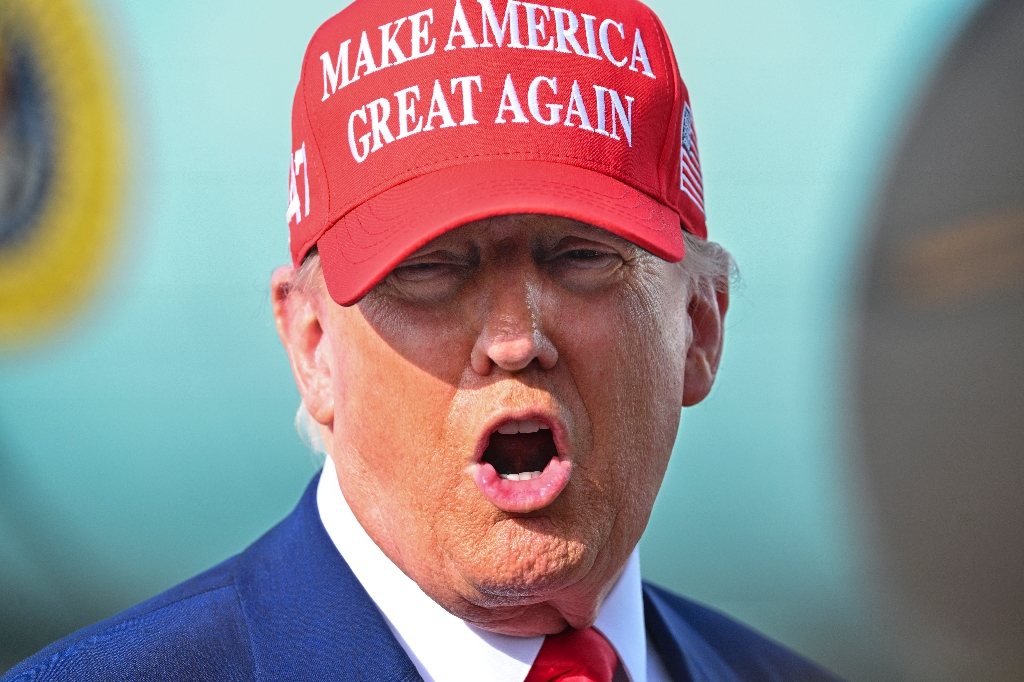Washington (AFP) – The US jobs market cooled much more than expected in July, with unemployment reaching its highest rate since 2021, government data showed Friday, fueling calls for interest rate cuts as high levels bite. The world’s biggest economy added 114,000 jobs last month, down from June’s revised 179,000 figure, said the Department of Labor. The jobless rate rose to 4.3 percent, the highest since October 2021, according to government data.
“Today’s report shows employment is growing more gradually at a time when inflation has declined significantly,” said President Joe Biden in a statement, adding there remains work to do. The report brings the Federal Reserve closer to its first rate cut after the Covid-19 pandemic, with the economy cooling and inflation moving towards officials’ two percent target. However, some economists caution that the central bank may have to take stronger policy action in the coming months.
While analysts have raised concerns about the US economy triggering an early recession indicator, Oxford Economics chief US economist Ryan Sweet cautioned that “this cycle is unique.” In recent times, unemployment edged up as more people entered the labor force. This marks less of a risk that a vicious cycle of rising jobless rates leads to income loss and further employment losses, he told AFP.
In July, average hourly earnings rose less than analysts expected, by 0.2 percent to $35.07, according to the Labor Department report. On a year-on-year basis, wage growth slowed to a rate last seen in 2020.
– Weak ‘across the board’ –
“Job growth was weak across the board, with small gains or losses across the economy,” said Mortgage Bankers Association chief economist Mike Fratantoni. He added that the slowing in the market was consistent with trends elsewhere, such as increases in initial claims for unemployment insurance and signs of contraction in manufacturing. “Employment continued to trend up in health care, in construction, and in transportation and warehousing, while information lost jobs,” said the Labor Department. Government employment, which slowed in recent months, was little changed in July.
“There are signs that momentum is waning,” said KPMG chief economist Diane Swonk about public sector hiring in a recent note. “Revenues at the state and local levels have fallen short of budgets this fiscal year, while COVID-era subsidies have lapsed,” she added.
– More aggressive cuts? –
Nationwide chief economist Kathy Bostjancic warned that the July report’s “across-the-board weakness” feeds the view that the Fed is late to easing monetary policy. “The bond market is pricing in much more aggressive rate cuts” of at least 100 basis points by year-end, she added in a note. Sweet told AFP that a 25 basis points cut in September “is essentially a done deal,” with chances shifting toward three instead of two cuts this year.
Fed Chair Jerome Powell this week “downplayed the potential” for a 50 basis point cut in September, according to Sweet, unless labor market data continues to soften. However, economists Carl Weinberg and Rubeela Farooqi of High Frequency Economics contended in a note that even as unemployment remains historically low, “further decay will trigger alarms at the Fed about its second mandate.” This refers to the central bank’s dual mandate of price stability and maximum employment. Analysts will be eyeing Powell’s remarks at the Jackson Hole symposium later this month to understand his thinking about monetary policy going forward.
© 2024 AFP




